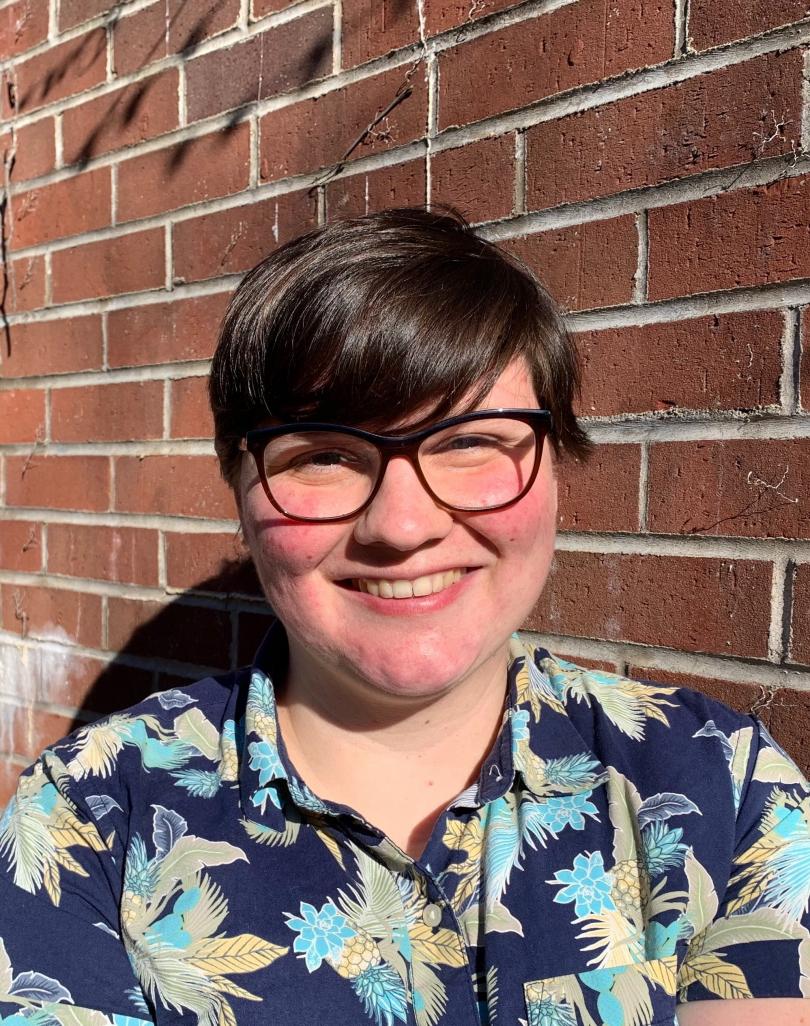
Dr. Jennifer Coughlan | Coughlan Lab
Bio:
See attached CV here.
Abstract:
Determining what factors generate biodiversity is a central question in evolutionary biology. Despite its long history of study, we are only beginning to understand the evolutionary drivers of reproductive barriers between species, including reproductive barriers that manifest as sterile or dead hybrids. An intriguing hypothesis is that intragenomic conflicts- or selfish evolution- can drive the evolution of alleles that cause hybrid sterility/inviability. One such source of conflict is conflict between parents over resource allocation to offspring. Under parental conflict, multiple paternity drives the evolution of paternally derived, resource-acquiring alleles, and maternally derived alleles that distribute resources equally among offspring. In hybrids, mismatches between these parent-of-origin effect alleles can cause inappropriate development of placenta or endosperm, and subsequently embryo death. Here, I test the role of parental conflict in generating one of the most common intrinsic barriers in seed angiosperms- hybrid seed inviability-using members of the evolutionary and ecological model system; the Mimulus guttatus species complex. I show that hybrid seed inviability has evolved rapidly and repeatedly in this group, and patterns of HSI conform to the predictions of parental conflict. Additionally, genetic mapping suggests that hybrid seed inviability is conferred by nuclear, parent-of-origin effect loci (i.e. loci that affect the probability of death only if maternally or paternally derived). Lastly, using a series of natural surveys and mixed pollination crosses, I find that species with different histories of parental conflict frequently co-occur and hybridize, and hybridization between species with differing histories of parental conflict can indirectly influence growth in intraspecific seeds. Overall, this work highlights a dual role of parental conflict in the speciation process; both in the origin of reproductive isolation, but also in the dynamics and outcomes of hybridization in nature.
Watch the seminar here!
